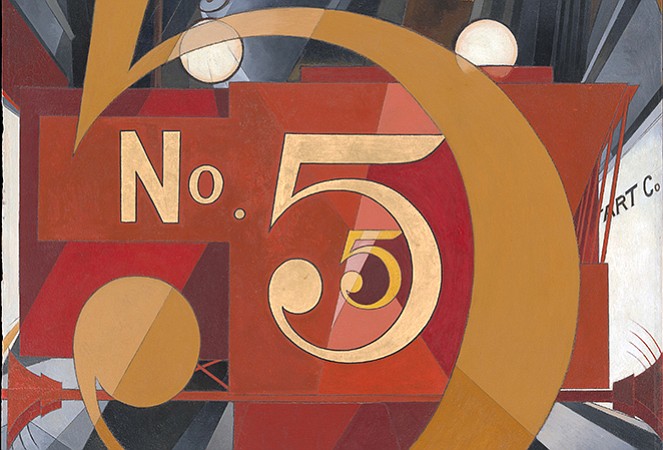 Facebook
Facebook
 X
X
 Instagram
Instagram
 TikTok
TikTok
 Youtube
Youtube

Playlist No. 5 has gone from Beethoven 5 to Mahler 5 to Tchaikovsky 5 to Sibelius 5 and now to Bruckner 5. A more logical step would be to continue into the 20th Century with Prokofiev 5 or Shostakovich 5 but I feel as though Bruckner and Sibelius have more in common as composers.
The mature compositions of both Sibelius and Bruckner can be difficult to “get into,” for lack of a better term. This music makes certain demands of attention and maturity from the listener, which isn’t often required in the music of other composers such as Brahms, Schumann, or even Mahler.
Where can we start with Bruckner’s Symphony No. 5. As with any Bruckner symphony, it’s a behemoth. Let’s have a word from the book of Job about the behemoth.
“Look at Behemoth, which I made along with you and which feeds on grass like an ox. What strength it has in its loins, what power in the muscles of its belly! Its tail sways like a cedar; the sinews of its thighs are close-knit. Its bones are tubes of bronze, its limbs like rods of iron. It ranks first among the works of God.”
It would appear that Job understood Bruckner.
Our friend Wittgenstein thought Bruckner’s music would be ideal for the cinema and to a certain point that’s the case. Here’s the thing with listening to Bruckner. His music is so cinematic that we often expect him to go, what I’m calling, “Full Hollywood.”
We listen to Bruckner and start expecting a Hollywood-type direction in the development of the themes and harmonics, but he never goes that way. When first listening to Bruckner it can be something of a nuisance.
For instance, in the second movement of Bruckner 5 the low strings enter with a gorgeous chorale near the top of the movement. As Bruckner begins developing this music we expect him to fulfill it in a Hollywood-type manner, but he does not. Instead of wrapping it up in a nice tidy scene, Bruckner leaves us hanging.
How does he leave us hanging? He resolves the tension with a climax that arrives instead of lands. Believe it or not, we like music that climbs, reaches the top, comes back down, and then lands. We find that to be fulfilling. I don’t know why.
Bruckner’s music continues to climb, reaches a new height, and then another, and then stays at the top. It never comes back down. He leaves us up in the air. This is not a Hollywood ending and it is all the more interesting because of it.
The video joining our list is none other than Sergiu Celibidache conducting the Munich Philharmonic Orchestra.


Playlist No. 5 has gone from Beethoven 5 to Mahler 5 to Tchaikovsky 5 to Sibelius 5 and now to Bruckner 5. A more logical step would be to continue into the 20th Century with Prokofiev 5 or Shostakovich 5 but I feel as though Bruckner and Sibelius have more in common as composers.
The mature compositions of both Sibelius and Bruckner can be difficult to “get into,” for lack of a better term. This music makes certain demands of attention and maturity from the listener, which isn’t often required in the music of other composers such as Brahms, Schumann, or even Mahler.
Where can we start with Bruckner’s Symphony No. 5. As with any Bruckner symphony, it’s a behemoth. Let’s have a word from the book of Job about the behemoth.
“Look at Behemoth, which I made along with you and which feeds on grass like an ox. What strength it has in its loins, what power in the muscles of its belly! Its tail sways like a cedar; the sinews of its thighs are close-knit. Its bones are tubes of bronze, its limbs like rods of iron. It ranks first among the works of God.”
It would appear that Job understood Bruckner.
Our friend Wittgenstein thought Bruckner’s music would be ideal for the cinema and to a certain point that’s the case. Here’s the thing with listening to Bruckner. His music is so cinematic that we often expect him to go, what I’m calling, “Full Hollywood.”
We listen to Bruckner and start expecting a Hollywood-type direction in the development of the themes and harmonics, but he never goes that way. When first listening to Bruckner it can be something of a nuisance.
For instance, in the second movement of Bruckner 5 the low strings enter with a gorgeous chorale near the top of the movement. As Bruckner begins developing this music we expect him to fulfill it in a Hollywood-type manner, but he does not. Instead of wrapping it up in a nice tidy scene, Bruckner leaves us hanging.
How does he leave us hanging? He resolves the tension with a climax that arrives instead of lands. Believe it or not, we like music that climbs, reaches the top, comes back down, and then lands. We find that to be fulfilling. I don’t know why.
Bruckner’s music continues to climb, reaches a new height, and then another, and then stays at the top. It never comes back down. He leaves us up in the air. This is not a Hollywood ending and it is all the more interesting because of it.
The video joining our list is none other than Sergiu Celibidache conducting the Munich Philharmonic Orchestra.
Comments